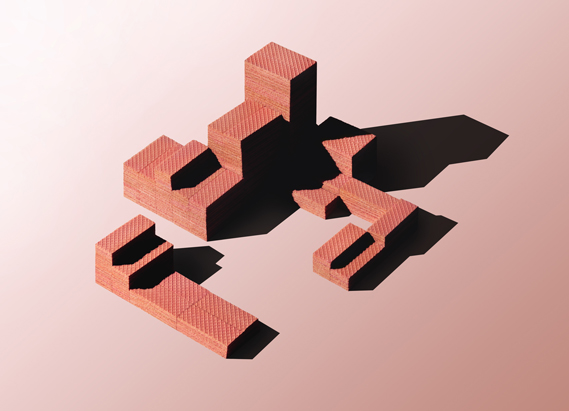We have been struggling for content to fill the book. We wanted to take it a lot more towards a factual/reference response instead of a more experimental take we used last year. We still want to take it forward using our own responses using video and image, but we want to combine it with existing knowledge and theories about the relationship of sound and image.
The book is titled - 'HARMONOGRAPH - A visual guide to the mathematics of music' a perfect resource for us, it has a lot of the content we researched last year, but also a wealth of undiscovered ideas and facts that could be perfect for our book. We are thinking about stripping a lot of the content from the book and applying it to our own response in order to develop a decent amount of content that is relevant and not just a mish-mash of found content. It can offer us a set structure and condensed descriptions without having to spend an abundance of time re-writing and generating content.
(This PDF isn't great quality as the original was just under 200mb so a mighty reduction took place in order for issuu to contemplate uploading it)









